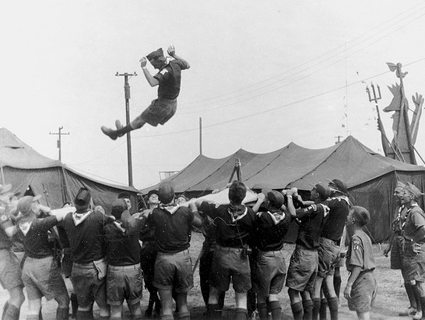
The hospital of the future.<a href="http://www.shutterstock.com/cat.mhtml?lang=en&search_source=search_form&version=llv1&anyorall=all&safesearch=1&searchterm=chair&search_group=&orient=&search_cat=&searchtermx=&photographer_name=&people_gender=&people_age=&people_ethnicity=&people_number=&commercial_ok=&color=&show_color_wheel=1#id=67094581&src=7765ec880822bd2925a9aab83c97b117-1-20">Zastol`skiy Victor Leonidovich</a>/Shutterstock
As a service to our readers, every day we are delivering a classic moment from the political life of Newt Gingrich—until he either clinches the nomination or bows out.
You’ve probably heard about Newt Gingrich’s (somewhat erratic) views on health care reform. And you’re likely familiar with his climate change TV spot (which Gingrich recently dubbed the worst mistake of his political career) in which he sat on a couch with Nancy Pelosi. But in his 1984 book, Window of Opportunity, Gingrich combined both his passion for public policy and his passion for living room furniture into one sweeping proposal—the creation of a new “health chair,” an instrument that would do everything from monitoring recovery from major medical procedures, to churning out perfectly calibrated recipes from Weight Watchers:
A personalized health chair with a diagnostic program to measure and compare all your bodily signs against your own data base. The chair could be tied into a weight-watcher’s computer-based recipe program which would then outline what you should eat given your weight, blood pressure, etc. The computer would be programmed to monitor your diet over time and change recipes to minimize boredom while achieving the desired nutritional effect. This system could be tied by cable or telephone to a hospital, where a computer could routinely monitor you while you are sitting in the chair. Thus, you could leave the hospital after surgery much earlier than we currently expect; you could measure your own well being and take corrective and preventative health care steps; and you could measure your diet and exercise patterns.
All from the comfort of your own living room!

















